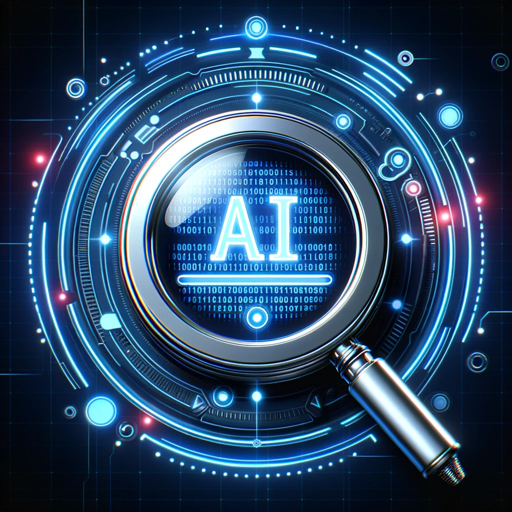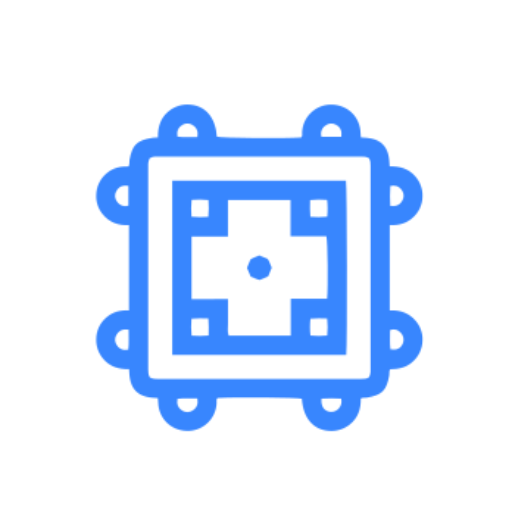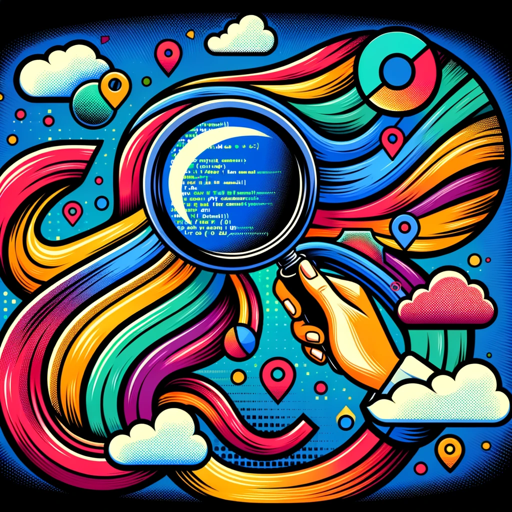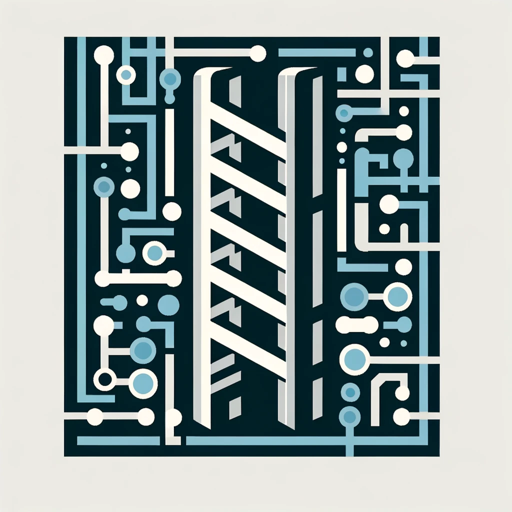AI Code Detector-AI Code Analysis
Detect AI-generated code with ease.
Analyze this code for AI patterns.
Is this code written by ChatGPT?
Explain why this code seems AI-generated.
What are the signs of AI in this code?
Related Tools
Load More
AI Content Detector
AI Content Detector is a sophisticated tool designed to identify and analyze text generated by artificial intelligence. It helps maintain authenticity and integrity in writing by distinguishing between AI-generated and human-created content, essential for

Undetectable AI Detector
Analyzes content to determine if it's AI-generated.

AI Detect
Advanced GPT-4 AI for content generation and AI content detection

AI Code Analyzer
Analyze the Github repo and let AI explain the language, framework, functions and other information of this repo to you.

Detector de IA
Detector de AI GPT es impulsado por Winston AI y creado para ayudar a identificar el contenido generado por IA. Está diseñado para ayudarle a detectar el uso de Chatbots de escritura de IA como ChatGPT, Claude y Bard y mantener la integridad en el mundo a

AI Tool Finder
Specialized in navigating a vast database of AI tools, I provide personalized recommendations tailored to specific needs, guiding users through a comprehensive collection of AI applications.
20.0 / 5 (200 votes)
Introduction to AI Code Detector
AI Code Detector is designed to analyze code snippets to determine the likelihood that they were generated by AI models like ChatGPT. It examines coding style, structure, and syntax to identify patterns typical of AI-generated code. This tool helps users understand the origins of a code sample, whether it is human-written or AI-generated, by providing detailed analysis and probability assessments. For example, in a scenario where a company wants to verify the originality of code submitted by developers, AI Code Detector can identify if parts of the code resemble AI-generated patterns.

Main Functions of AI Code Detector
Code Style Analysis
Example
Analyzing indentation, variable naming conventions, and commenting style.
Scenario
A software development team wants to ensure consistency in their codebase. AI Code Detector analyzes submitted code to highlight deviations from the established coding standards, which might indicate AI-generated contributions.
Syntax Pattern Recognition
Example
Identifying common syntax structures used by AI models.
Scenario
An educational institution suspects that students are using AI tools to complete coding assignments. By examining the syntax patterns, AI Code Detector can flag submissions that likely include AI-generated code.
Probabilistic Assessment
Example
Providing a probability score for AI generation likelihood.
Scenario
A freelance client wants to verify the authenticity of the code delivered by a contractor. AI Code Detector assigns a probability score indicating the likelihood that the code was generated by an AI, helping the client make informed decisions.
Ideal Users of AI Code Detector Services
Software Development Teams
Teams looking to maintain code quality and originality benefit from using AI Code Detector to ensure that their codebase remains consistent and free from AI-generated code that may not meet their standards.
Educational Institutions
Schools and universities can use AI Code Detector to uphold academic integrity by detecting AI-generated code in student assignments, ensuring that students are learning and not relying on AI to complete their work.

How to Use AI Code Detector
1
Visit aichatonline.org for a free trial without login, also no need for ChatGPT Plus.
2
Upload or paste the code snippet you want to analyze in the provided text area on the website.
3
Click on the 'Analyze' button to initiate the detection process. The AI will start examining the code for indicators of AI generation.
4
Review the analysis report generated by the tool. This report will highlight specific elements and patterns that suggest AI-generated code, with explanations.
5
Use the insights from the report to understand the likelihood of AI involvement in the code's creation. For best results, ensure your code snippets are complete and representative of typical use cases.
Try other advanced and practical GPTs
CoverLetter Almighty
AI-Powered Custom Cover Letters

Colorbook Page Maker
AI-powered personalized coloring adventures

InfluxDBexpert
AI-powered InfluxDB expert for optimized time series data management

Image Portal
AI-Powered Custom Image Creation Tool

Diagnostico Medico IA
AI-Powered Symptom Analysis and Advice

Jira Madmin
AI-powered Jira Software Cloud Guidance

Pharmacology and Toxicology Tutor
AI-powered tool for pharmacology and toxicology.

KCL Editorials
AI-Powered Writing and Editing

Vis
Create stunning images with AI
Professor PLC
AI-powered tool for mastering PLC programming.

Mon Spanish Coach
AI-powered Spanish learning, free for all.

Leseratte
AI-powered tool for creating detailed study flashcards.

- Academic Writing
- Code Review
- Educational Use
- Plagiarism Check
- Originality Verification
AI Code Detector Q&A
What is AI Code Detector?
AI Code Detector is a tool designed to analyze code snippets and determine the likelihood that they were generated by an AI model, such as ChatGPT.
How accurate is AI Code Detector?
The accuracy of AI Code Detector depends on various factors, including the length and complexity of the code. It uses patterns and indicators typical of AI-generated code to provide a probabilistic assessment.
Can AI Code Detector analyze any programming language?
AI Code Detector is capable of analyzing code written in several popular programming languages, including Python, JavaScript, Java, C++, and more. However, its efficacy may vary based on language-specific nuances.
Is AI Code Detector free to use?
Yes, AI Code Detector offers a free trial that you can use without the need for login or a ChatGPT Plus subscription.
What are common use cases for AI Code Detector?
Common use cases include academic research, detecting potential plagiarism, verifying the originality of code submissions, and understanding AI's role in code generation for educational purposes.